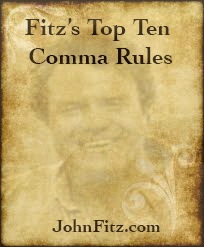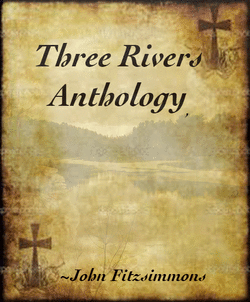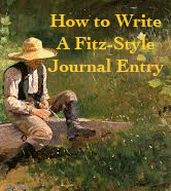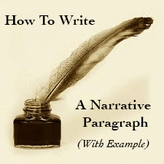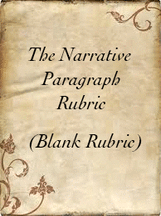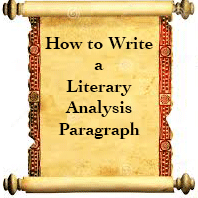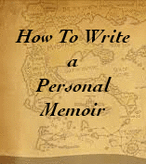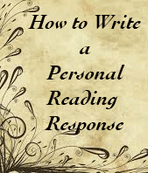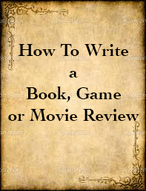Thanksgiving
by the suddenness of November:
beauty abruptly shed
to a common nakedness--
grasses deadened
by hoarfrost,
persistent memories
of people I’ve lost.
It is left to those of us
dressed in the hard
barky skin of experience
to insist on a decorum
that rises to the greatness
of a true Thanksgiving.
This is not a game,
against a badly scheduled team,
an uneven match on an uneven pitch.
This is Life.
This is Life.
This is Life.
Not politely mumbled phrases,
murmured with a practiced and meticulous earnestness.
Thanksgiving was born a breech-birth,
a screaming appreciation for being alive--
for not being one of the many
who didn’t make it--
who couldn’t moil through
another hardscrabble year
on tubers and scarce fowl.
Thanksgiving is for being you.
There are no thanks without you.
You are the power of hopeful promise;
you are the balky soil turning upon itself;
you are bursting forth in your experience.
You are not the person next to you--
not an image or an expectation.
You are the infinite and eternal you--
blessed, and loved, and consoled
by the utter commonness
and community of our souls.
We cry and we’re held.
We love and we hold.
We are the harvest of God,
constantly renewed,
constantly awakened,
to a new thanksgiving.
~Fitz
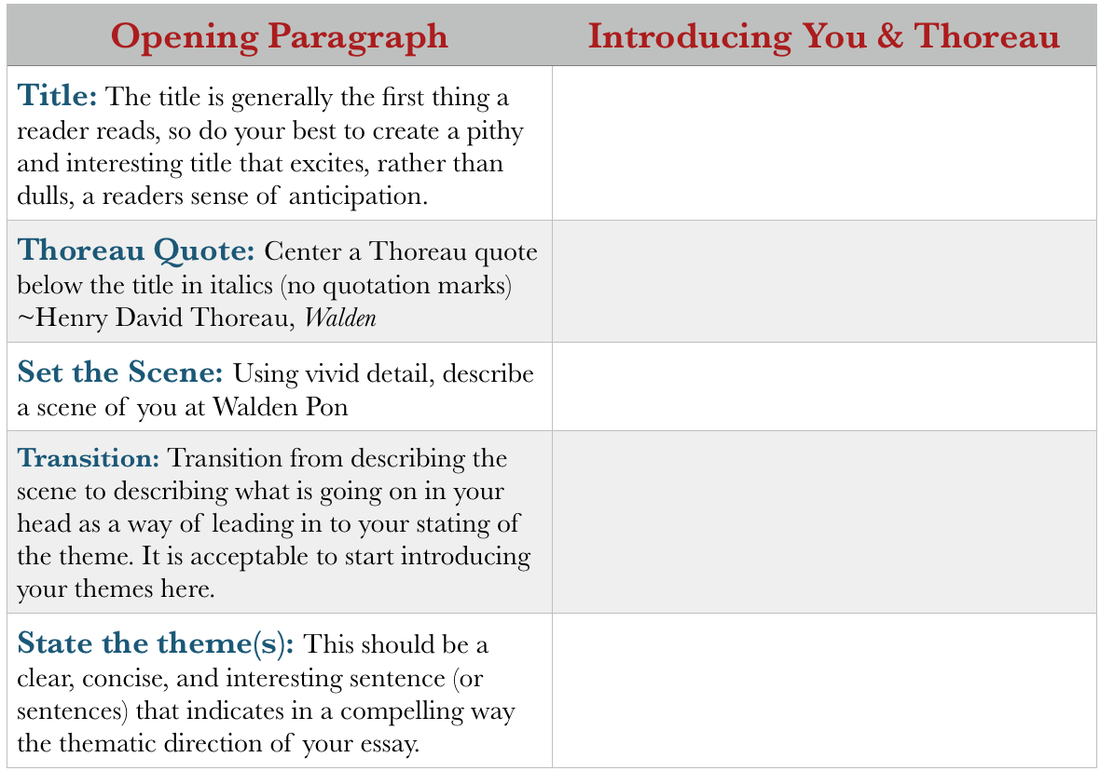

 RSS Feed
RSS Feed
